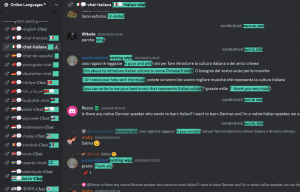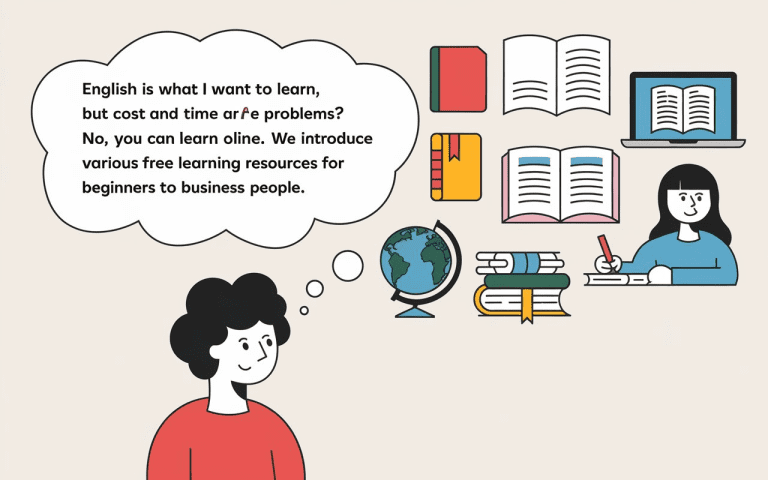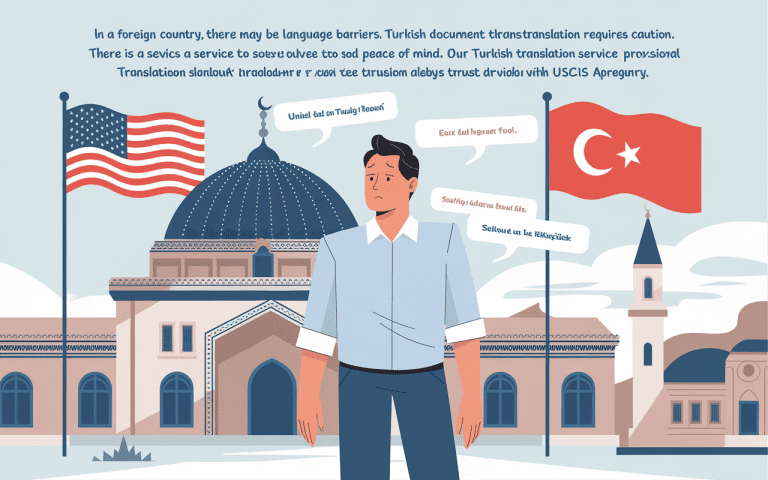Traducir De Ia A Humano: Making It Clear
Technology keeps getting better, and AI is playing a big role in our lives. It helps with everything from virtual assistants to translating languages. But, can AI really understand the full depth of human language, or do we still need people to help?
I love how technology and language mix. As a writer, I see how words can stir feelings, share ideas, and connect us. But, translating text and análisis de texto with machines can be tricky. It’s not just about getting the words right. It’s about catching the cultural vibes, the tiny details, and the special feel that makes language truly alive.
BiRead, a web translation plugin designed to make traducción automática and bilingual reading easier, provides users with unique features like Bilingual Display and Learning Mode to tackle these challenges. Whether you’re translating complex text or just browsing online, BiRead helps ensure that the meaning, context, and nuance are preserved in ways that traditional tools may miss.

Key Takeaways
- La evolución de la traducción automática ha generado tanto ventajas como desafíos en el ámbito lingüístico.
- Aunque las herramientas de procesamiento de lenguaje natural son útiles, a menudo no capturan los matices del lenguaje humano.
- La precisión en la traducción es fundamental en sectores como la salud y los negocios, donde los malentendidos pueden tener graves consecuencias.
- Depender únicamente de la inteligencia artificial para traducciones conlleva riesgos, como la posibilidad de información inexacta.
- Es crucial comprender las fortalezas y limitaciones tanto de la IA como de la traducción humana para tomar decisiones informadas y lograr una comunicación efectiva.
AI Translation Sources in 2023
The world of traducir de ia a humano is changing fast. Two big names in AI translation are ChatGPT and Google Neural Machine Translation (GNMT). They are changing how we deal with lenguaje natural and procesamiento de lenguaje natural. This opens up new ways for traducción automática.
BiRead also emerges as a versatile tool in this evolving landscape, providing bilingual display, making it easier for users to compare traducción automática side by side, and ensuring that meaning is retained.
ChatGPT and Google Neural Machine Translation (GNMT)
ChatGPT is a big ingeniería lingüística from OpenAI. It can translate languages in a way that feels more like a human. It uses asistentes conversacionales to talk fluently and understand the context. This makes it great for talking across languages.
Google Neural Machine Translation (GNMT) is a big step forward from Google. It uses neural networks to make translations that are better than before. GNMT gets the subtleties of language and uses context. This has raised the bar for traducción automática.
Even with these Inteligencia Artificial tools, there’s still a lot to learn. They can’t fully grasp the cultural details and subtleties needed for perfect translation. The journey to match human translation skills is ongoing.
Why Human Translation is (still) Better than Machine
Human translation is still the best choice, even with AI’s fast progress. With over 7,000 languages, each has its own special traits. Machine translation often misses the real meaning and context of the text.
Tools like Google Neural Machine Translation (GNMT) and ChatGPT seem to work well at first. But they struggle with complex or technical texts. They use algorithms to translate, which can lead to small but important errors.
Machine translations also miss the cultural and structural details needed for clear communication. Phrases like “and the Alameda crossed the line waiting to enter the lobby become funeral oratory” confuse readers.
On the other hand, human translators have the skills to handle these challenges. They understand the source text’s subtleties and adapt the translation. This ensures the message reaches the audience as intended.

While machine translation is quick and cheap, human translation offers more. It provides accurate, detailed, and contextually correct results. En campos como la medicina y el derecho, la precisión al traducir de IA a humano es fundamental, ya que los errores de traducción automática pueden tener consecuencias graves. La comprensión del lenguaje natural es crucial en estos contextos sensibles.
Traducir de ia a humano
Convertir el contenido generado por inteligencia artificial a lenguaje natural plantea retos en la era digital. Las plataformas de traducción automática han experimentado avances notables. Sin embargo, todavía tienen limitaciones importantes.
Una de las grandes dificultades es que las traducciones de IA suelen ser más literales. Esto aumenta el riesgo de errores de significado. Estos fallos pueden perjudicar la comunicación y la reputación de una organización.
| Herramienta de traducción | Idiomas soportados | Funcionalidades |
|---|---|---|
| Google Translate | Más de 100 | Traducción de texto, documentos, sitios web y audio |
| DeepL Translate | 32 | Traducciones precisas y matizadas, integración con dispositivos |
| Microsoft Bing Translator | Más de 100 | Traducción de voz y texto, integración en productos Microsoft |
| Reverso | 26 | Traducción de texto, voz y archivos, verificación de ortografía y gramática |
En resumen, las herramientas de IA para traducción son útiles para una comprensión rápida. Pero los traductores humanos especializados son esenciales para la precisión y calidad en contenidos críticos.

Improving AI Translations: Best Practices
As artificial intelligence (AI) in translation grows, it’s key to follow best practices. This ensures AI translations are accurate and culturally relevant. A major strategy is to diversify the training data for AI models. This means using a wider range of languages and cultural contexts.
Diversifying Training Data and Continuous Learning
Exposing AI models to diverse linguistic and cultural inputs boosts their ability to understand nuances. This improves translation quality and makes sure they fit the target audience well.
- Expand training data to include a wider range of languages, dialects, and cultural contexts
- Continuously update and refine AI translation models based on user feedback and real-world usage
- Incorporate human oversight, with skilled linguists reviewing and refining AI-generated translations
- Utilize cultural consultants to ensure translations are appropriate and sensitive to the target audience
Continuous learning is also vital. AI models should be updated and improved regularly. This is based on user feedback and real-world use. It helps the models adapt and get better over time.
La implementación de estas prácticas optimiza la precisión, relevancia cultural y calidad general de las traducciones basadas en IA, mejorando la comunicación intercultural.

The Future of AI Translation
Los expertos están desarrollando estándares para las traducciones impulsadas por IA. They want to make sure these translations are accurate, culturally sensitive, and understand the context. This way, machine translations will meet the needs of businesses, researchers, and everyone else.
Research in AI language generation and language comprehension is exciting. Assistants like ChatGPT can have deep, human-like conversations. This shows us a future where AI-powered translation works smoothly with conversational interfaces, making language easier to use.
The success of AI translation depends on teamwork. Linguists, cultural experts, and AI developers need to work together. This way, AI translations will be not just good at tech but also culturally aware and sensitive.
The future of AI translation is bright. It promises to remove language barriers, letting people and groups connect globally. With better AI technology and a focus on keeping language and culture intact, we’re getting closer to perfect, accurate, and culturally-sensitive translations.

Conclusion
Artificial intelligence (AI) has changed the translation world a lot. It brings both good points and some challenges. Tools like ChatGPT and Google Neural Machine Translation (GNMT) have improved a lot. But, human translators are still key for the best quality and cultural fit.
AI tools are getting more common in many fields. It’s important to use both AI and human translation wisely. AI is great for quick text changes, simple tasks, and saving money, especially for big projects. But, humans are needed for understanding cultural details, complex language, and matching the text’s tone and style.
The future of translation is about working together. AI and human translators should team up to make top-notch, culturally fitting content. As traducir de ia a humano, lenguaje natural, procesamiento de lenguaje natural, traducción automática, inteligencia artificial, generación de lenguaje, and comprensión del lenguaje keep improving, the translation world must keep up. This way, we can keep delivering amazing translation services.
One of the big difficulties is that traducción automática often leads to more literal translations. This increases the risk of errors in meaning, which can damage communication and the image of a company or brand. BiRead, however, overcomes these limitations by offering bilingual reading experiences, which allow users to directly compare texts and see the original meaning with just a hover of the mouse, ensuring higher precision.
FAQ
What is the growing role of AI in translation?
The article talks about how AI is becoming more important in translation. It also highlights the need for human translators. ChatGPT can translate languages and talk naturally. GNMT uses neural networks to create translations.
Why does human translation remain superior to machine translation?
The article explains why human translation is still better than AI. It points out language’s complexity, with over 7,000 languages. Human translators can grasp these differences, while AI struggles with complex texts.
¿Qué desafíos presenta el proceso de traducir de IA a lenguaje humano?
Esta sección analiza las complejidades de convertir el lenguaje de IA a expresión humana. It mentions machine translations’ literal nature and lack of context understanding. There’s also a risk of semantic errors.
What is the future outlook for AI translation?
This section looks at AI translation’s future. It talks about efforts to improve machine translations’ accuracy and cultural relevance. It mentions the importance of standards, AI research, and collaboration between experts.
Source Links
- Humans in the Loop: The Design of Interactive AI Systems – https://hai.stanford.edu/news/humans-loop-design-interactive-ai-systems
- ¿Cómo se dice? California recurre a la IA para traducir información sobre atención médica – California Healthline – https://californiahealthline.org/news/article/como-se-dice-california-recurre-a-la-ia-para-traducir-informacion-sobre-atencion-medica/
- Machine Translation vs. Human Translation – Jeniffer Hernandez – https://blogs.baruch.cuny.edu/allenfall2016/?p=138
- Traducción con IA: humanos contra máquinas – https://www.betranslated.es/blog/betranslated-vs-traduccion-con-ia/
- TRADUCCION HUMANA VS. INTELIGENCIA ARTIFICIAL. ¿QUIEN SERÁ EL GANADOR? – https://es.linkedin.com/pulse/traduccion-humana-vs-inteligencia-artificial-quien-el-enciso-aponte
Revolutionize the way you read and translate with BiRead.
Experience bilingual clarity for effortless understanding across languages.
Try Biread Free






